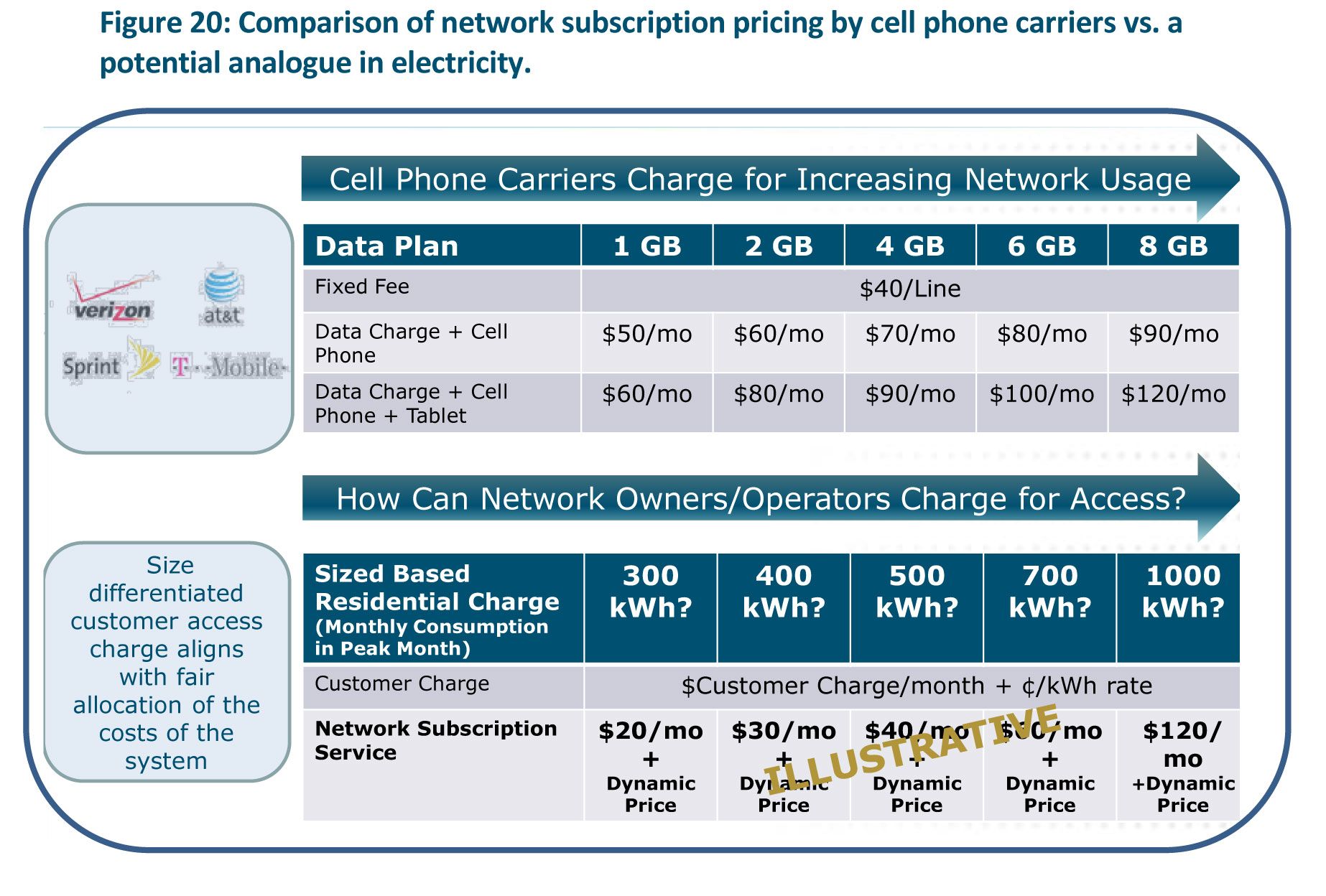Last month's proposed compromise on net metering between solar installers and distribution utilities in New York, called the “solar progress partnership,” was an important step toward rate reform in the state. But New York may go even further.
A recent paper from Energy and Environment Economics could help rewrite the rules for rate design targeted at solar and other distributed energy resources.
The E3 paper lays out a “full value tariff” rate designed to carry New York toward the market-based mechanisms envisioned by the Reforming the Energy Vision (REV) proceeding. New York’s REV seeks to transform distribution utilities into energy platform providers, encourage distributed generation and flatten electricity peaks. The paper was prepared for the New York State Energy Research Development Authority and the state’s Department of Public Service.
The goal is to create a cost-neutral tariff that could be implemented quickly by utility standards. If the goal of REV is to transform the energy landscape in New York, new rates can’t be caught in regulatory limbo for years to come.
At first glance, the full value tariff, or FVT, looks like a cellphone or cable plan. That is not an accident.

The first component is a flat-rate customer charge that covers embedded costs, such as the cost of meters and billing. The second charge is a network subscription, like the basic one on a cellphone bill for phone services and data. In the paper, E3 suggested it be based on the usage in the highest month. Therefore, people can lower their utility bills by focusing on peak days that drive up the cost all year long. The network subscription helps to achieve one of REV’s goals of making the system more efficient through pricing signals.
The third piece is a dynamic price based on an assigned “distribution value” by the utility. In areas with constraints, that value may be higher at peak times than in areas that have no issues.
The distribution value could be as granular as a circuit-by-circuit breakdown of the grid, or it could be less specific, said Kush Patel, senior managing consultant at E3 and lead author of the study. “You can also do the larger distribution planning area,” he said. The end goal, however is “translating that distribution value into price signals."

The paper's authors acknowledge this is just one way to create price signals. But it may be one of the most efficient to implement. It does not require baselines to be calculated for customers. It also does not require an integrated capacity analysis for each feeder as California utilities are doing; rather, utilities could rely on data at the substation level to start.
The next key factor is the bill credit. In exchange for charging customers higher variable prices in constrained areas, customers will receive a bill credit. The bill credits will be higher or lower based on the distribution value. Customers could reduce their bills further through a combination of technologies such as a smart thermostat and solar.
There is also another critical component. At a certain point, solar can become detrimental to the grid without further upgrades -- so there would be some form of “circuit breaker” built to prevent utilities from overpaying for distributed energy resources that do not help the grid. Patel said the circuit breaker could be quantity-based or price-based and could be baked into the dynamic pricing. “If there’s too much,” Patel said, “you’d move down the price curve.”
One rate to rule them all
The FVT is technology-agnostic. “This is really a technology story,” said Patel. This new type of rate structure could incentivize solar, storage, electric vehicles, smart thermostats, and even weather stripping and insulation -- anything that could lower the subscription fee for customers. By building a tariff that can address the desired outcome rather than the specific technology, New York utilities could eliminate net metering for solar, rates for bring-your-own-thermostat programs, or any other kind of competing tariff.
Net metering wouldn't be eliminated immediately. But the FVT could become mandatory for new solar customers after a certain date. The paper does not suggest a mandatory rollout for all customers, but rather an opt-in for both C&I and residential customers to give utilities a chance to see what works and what doesn’t.
Utilities could also test some of these pricing mechanisms through non-wires alternative projects that use demand-side resources instead of traditional grid upgrades, such as Con Edison is doing with its Brooklyn Queens Demand Management project. Ultimately, the FVT would expand into a standard mechanism to value grid-edge resources as part of utility planning.
There are many ways this concept can be leveraged, and the paper is meant to be an initial attempt at defining the issue. It's possible that the FVT could be factored into each distribution utility’s system implementation plan filings that are due at the end of June.
“We don’t think we have all the right answers right now,” said Patel. “It is just a concept at this point.”



